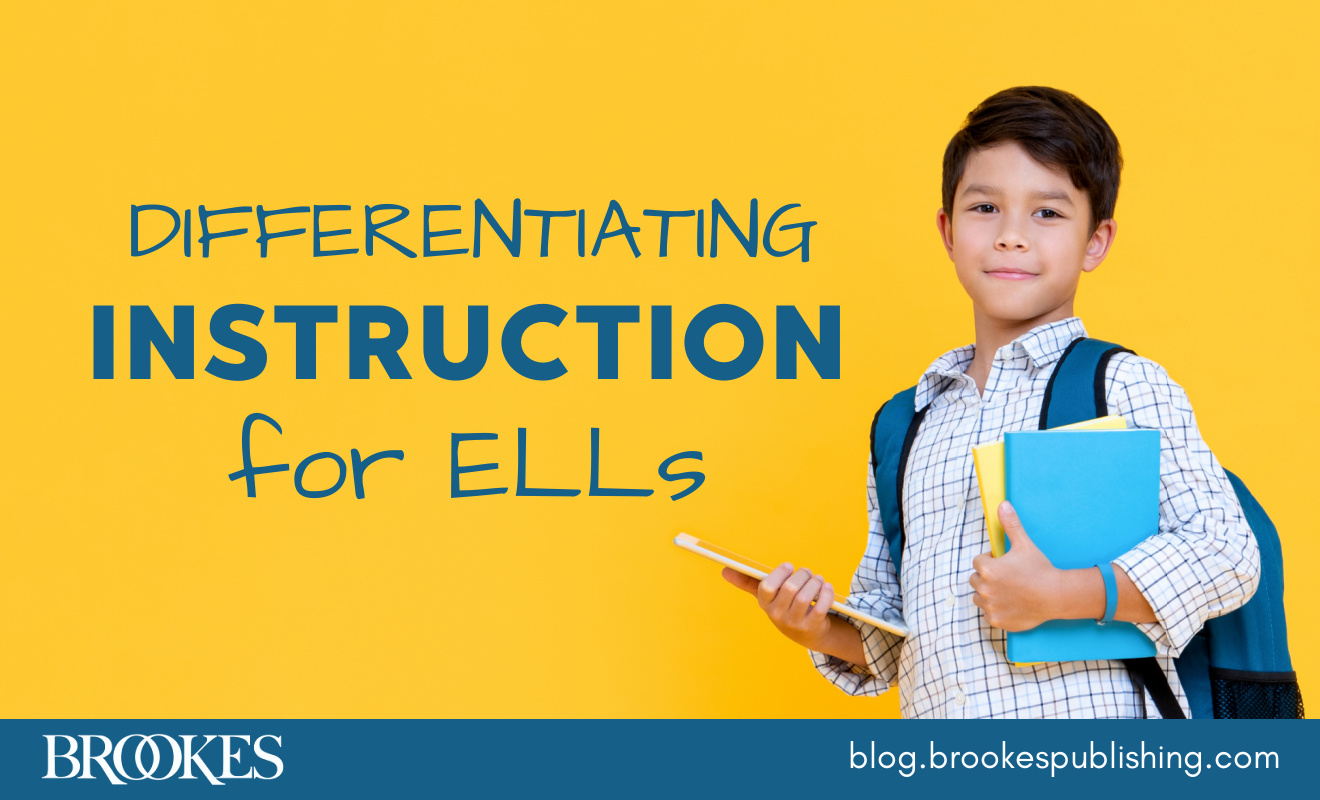5 Steps to Strong Self-Advocacy Skills for Students with Disabilities
As they approach adulthood, students who have a “hidden disability”—such as dyslexia, ADHD, or autism—need to master the art of disclosing what their disability is,… Read More
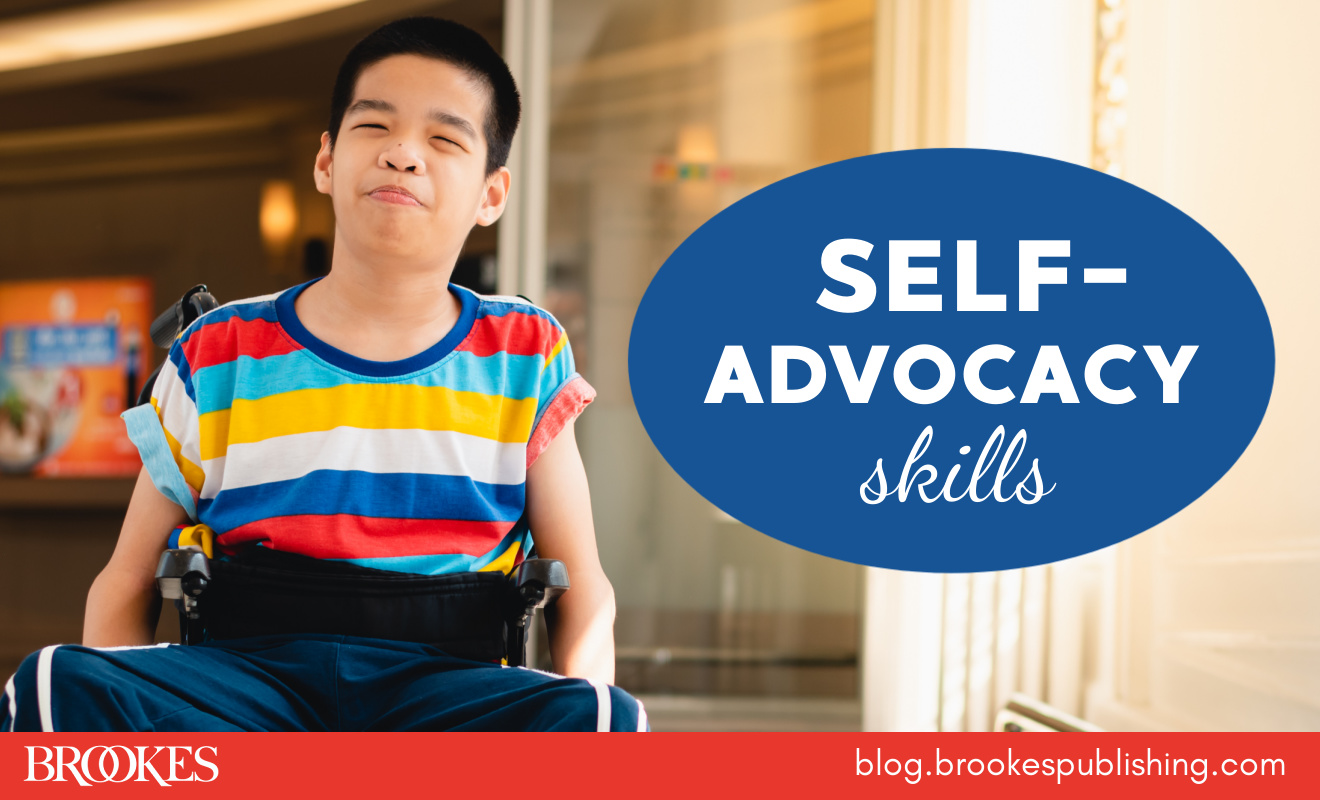
As they approach adulthood, students who have a “hidden disability”—such as dyslexia, ADHD, or autism—need to master the art of disclosing what their disability is,… Read More

Today’s blog post is excerpted and adapted from Student-Focused Coaching by Jan Hasbrouck and Daryl Michel: a one-stop, step-by-step guide to instructional… Read More

Teachers: do you use lesson closures with your students? Great for use with students of all ages, closures can be a high-impact strategy for wrapping… Read More
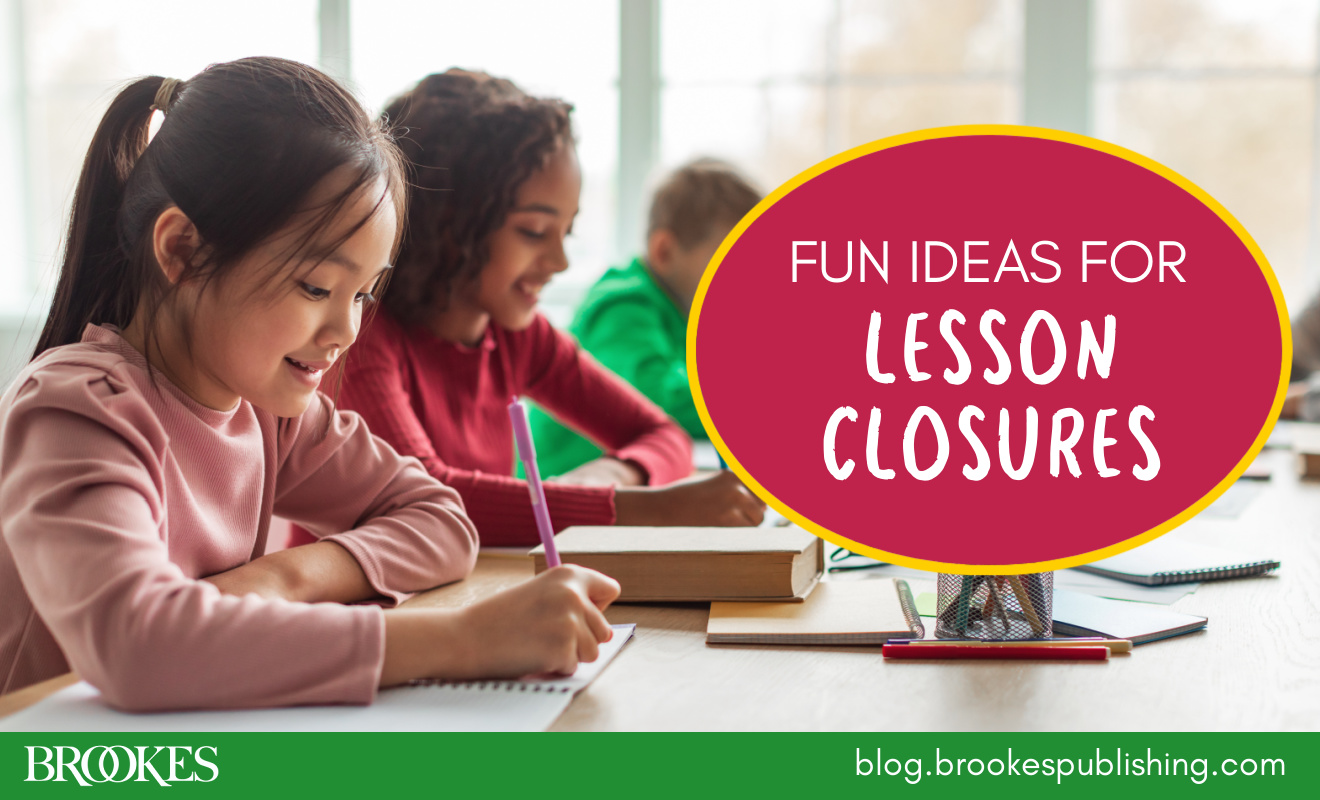
Challenging behavior is a critical issue in any early childhood learning environment. Addressing these behaviors early is key—as author Nicole Edwards notes,… Read More
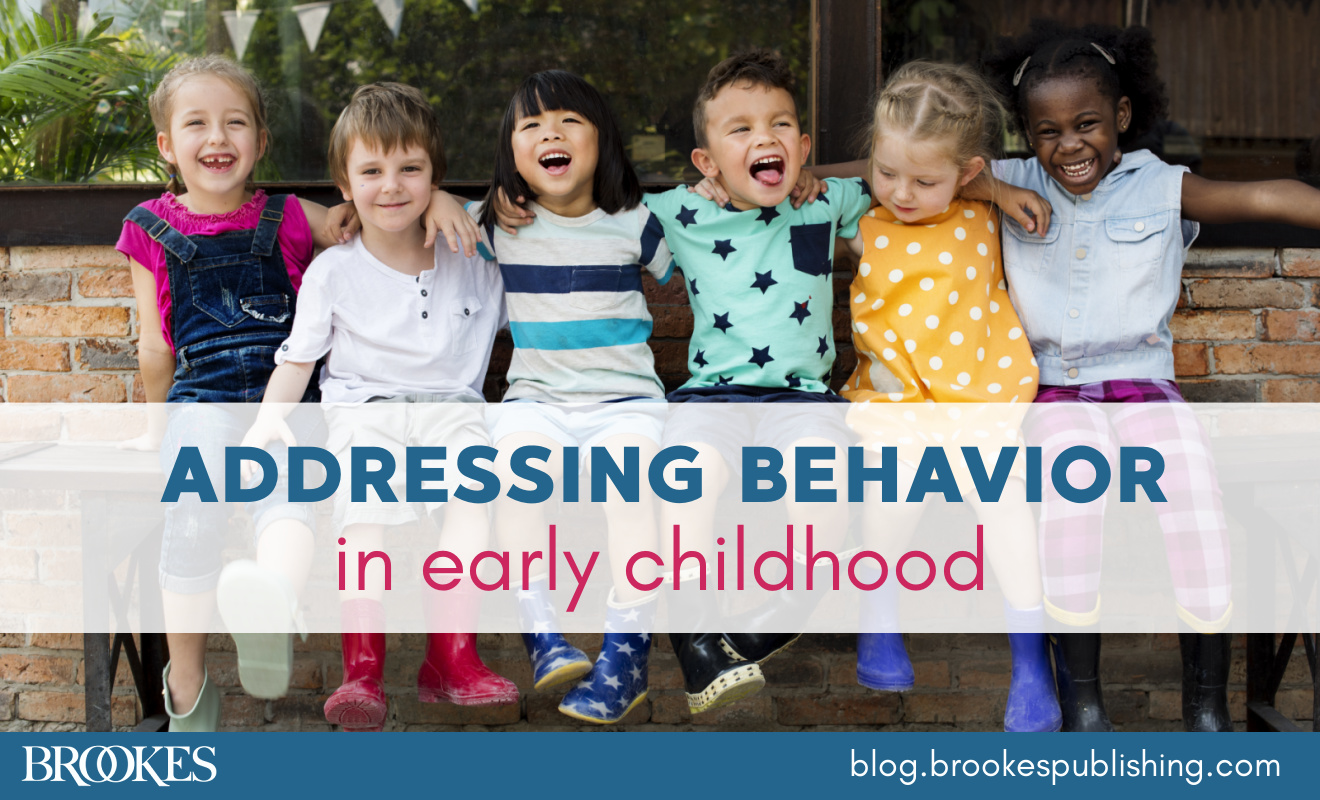
To support student learning, it’s important for teachers to relate lesson content to real-life purposes and settings—especially in diverse classrooms that include multilingual learners. Today’s… Read More
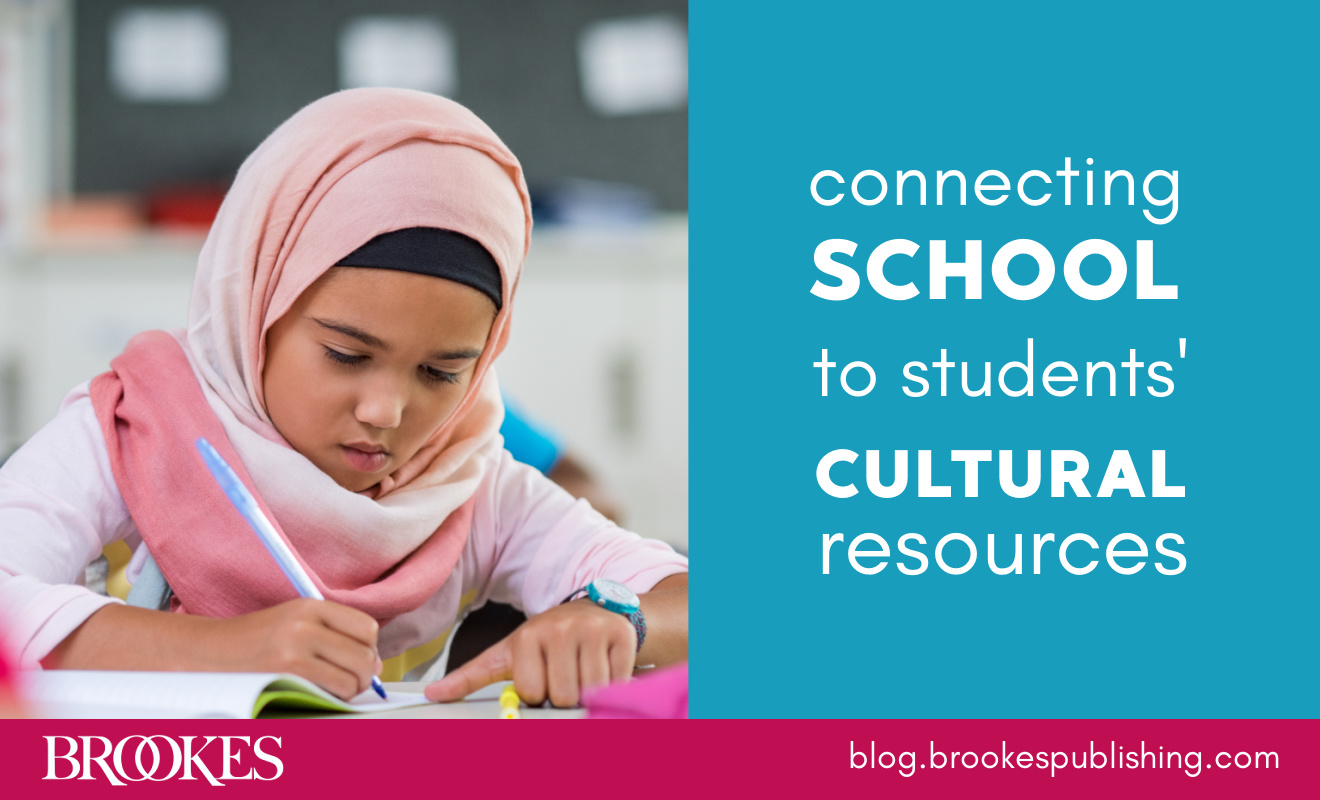
People with Down syndrome often experience challenges in the development of their spoken and written communication skills. The book Multimodal AAC… Read More

Part of creating a classroom conducive to learning is ensuring that kindness is encouraged in all members of the community—adults and students… Read More

Used in programs across the U.S. and around the world, Practice-Based Coaching (PBC) is a research-based coaching framework for supporting early childhood practitioners’ use of… Read More

How can K–12 educators use co-teaching to strengthen success for the growing number of multilingual learners in schools? That’s the question Holly… Read More
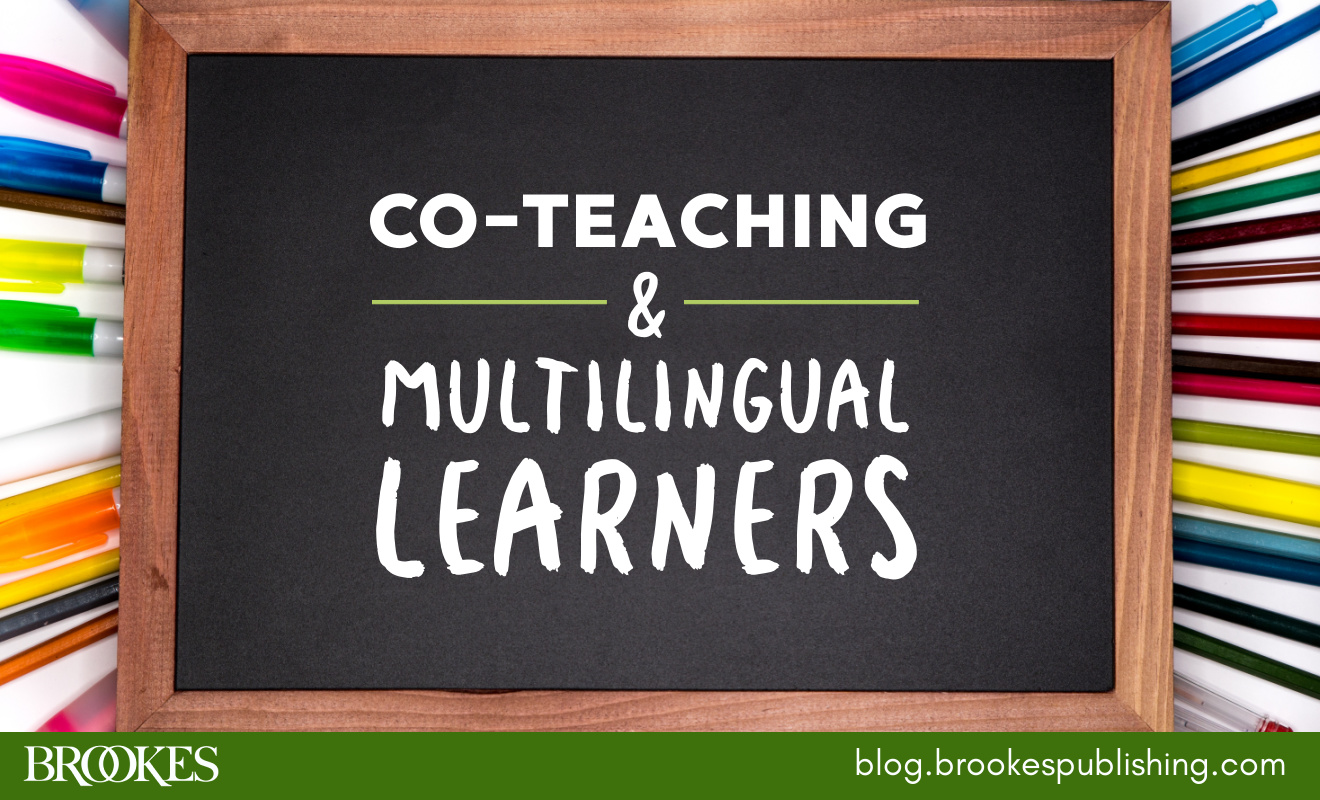
Differentiated instruction and assessment provide different pathways to learning so that every student in your classroom—including students from linguistically and culturally diverse backgrounds—can reach high… Read More
